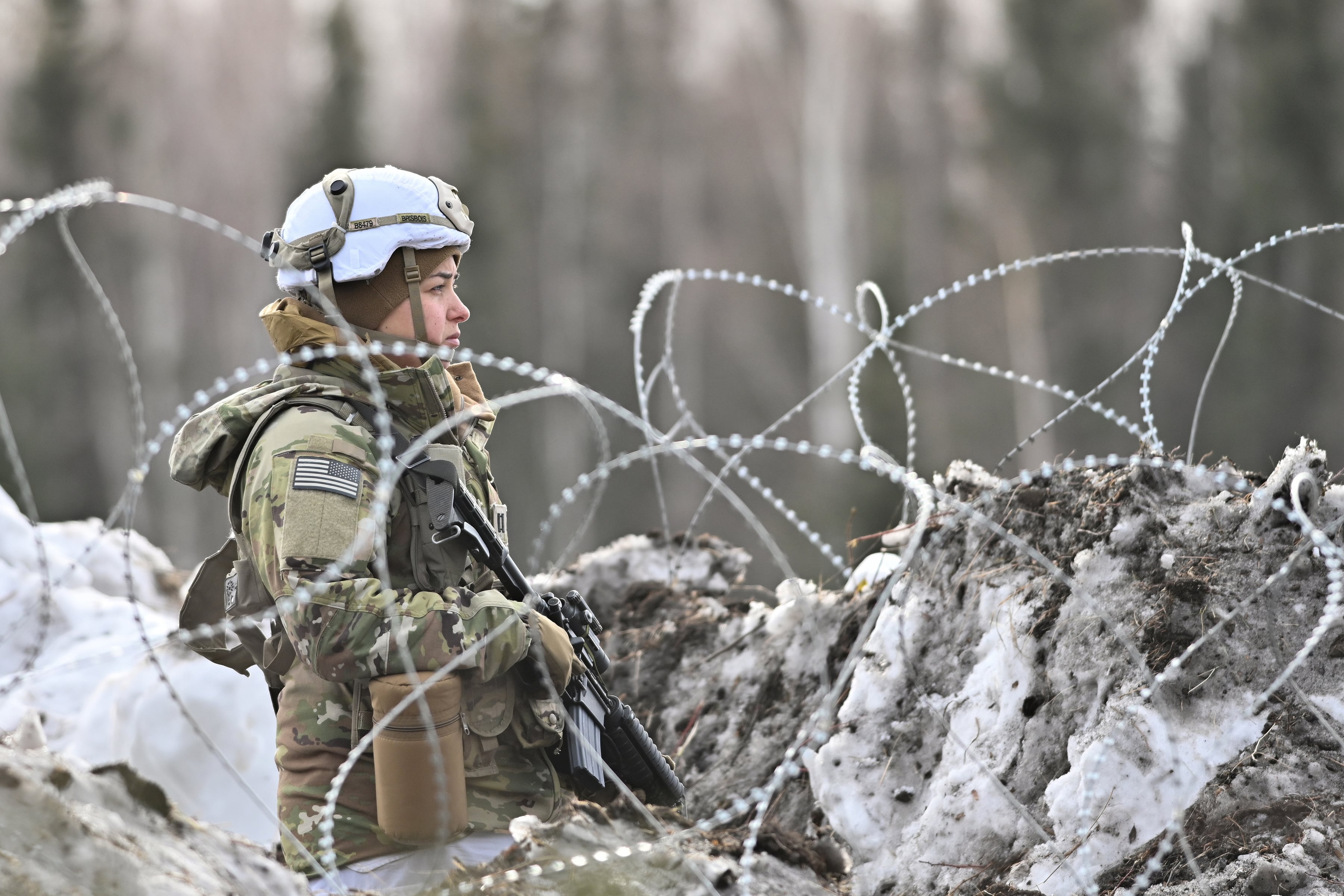The Army’s northernmost airborne brigade is suffering from overwork and resource problems afflicting their equipment and facilities at Joint Base Elmendorf-Richardson, Alaska, according to a leaked report by an Army Cohesion Assistance Team that appeared on Reddit’s Army-focused community.
Soldiers from the 11th Airborne Division’s 2nd Infantry Brigade Combat Team reported they were run down by “overwhelming mission requirements, poor communication, [and] last-minute changes.” They said that training was slowing down, or otherwise obstructing professional development plans, and one officer said when it comes to “OPTEMPO and taskings, no is not an option.”
An officer quoted in the report expressed fear over what may happen when “a blitz of outside resources” — originally sparked by a now seemingly stabilized spike in suicide deaths — fades away, leaving the soldiers to rely on “stove-piped” prevention and crisis services that are split between military branches on the Air Force-run joint base. One key initiative, the Family Advocacy Program, suffered from extreme understaffing and poor “utilization and cooperation.”
The barracks fell into “disrepair,” leading to security and “safety issues,” according to the report, with one unnamed soldier saying, “It’s too much work to ensure female safety in the barracks.”
The report warned that those factors combined to create “high stress” and “learned helplessness” in the ranks, fueling a climate that largely tolerated low-level racism, sexism and sexual harassment. The leaked slides also detailed a widespread reliance on “expedient and unhealthy coping mechanisms” like alcohol.
“[For] the boys and girls in the barracks, what else is there to do on a Friday night other than to hunker down and get wasted?” asked one junior NCO.
The rare unflinching view into the unit’s struggles was shared by the cohesion assistance team last week before its partial leak to social media, an Army official confirmed. The relatively new cohesion teams, whose prior directors previously spoke with Army Times about their work, aim to identify brigade-level units’ cultural successes and challenges in a non-punitive way to help leaders help their troops.
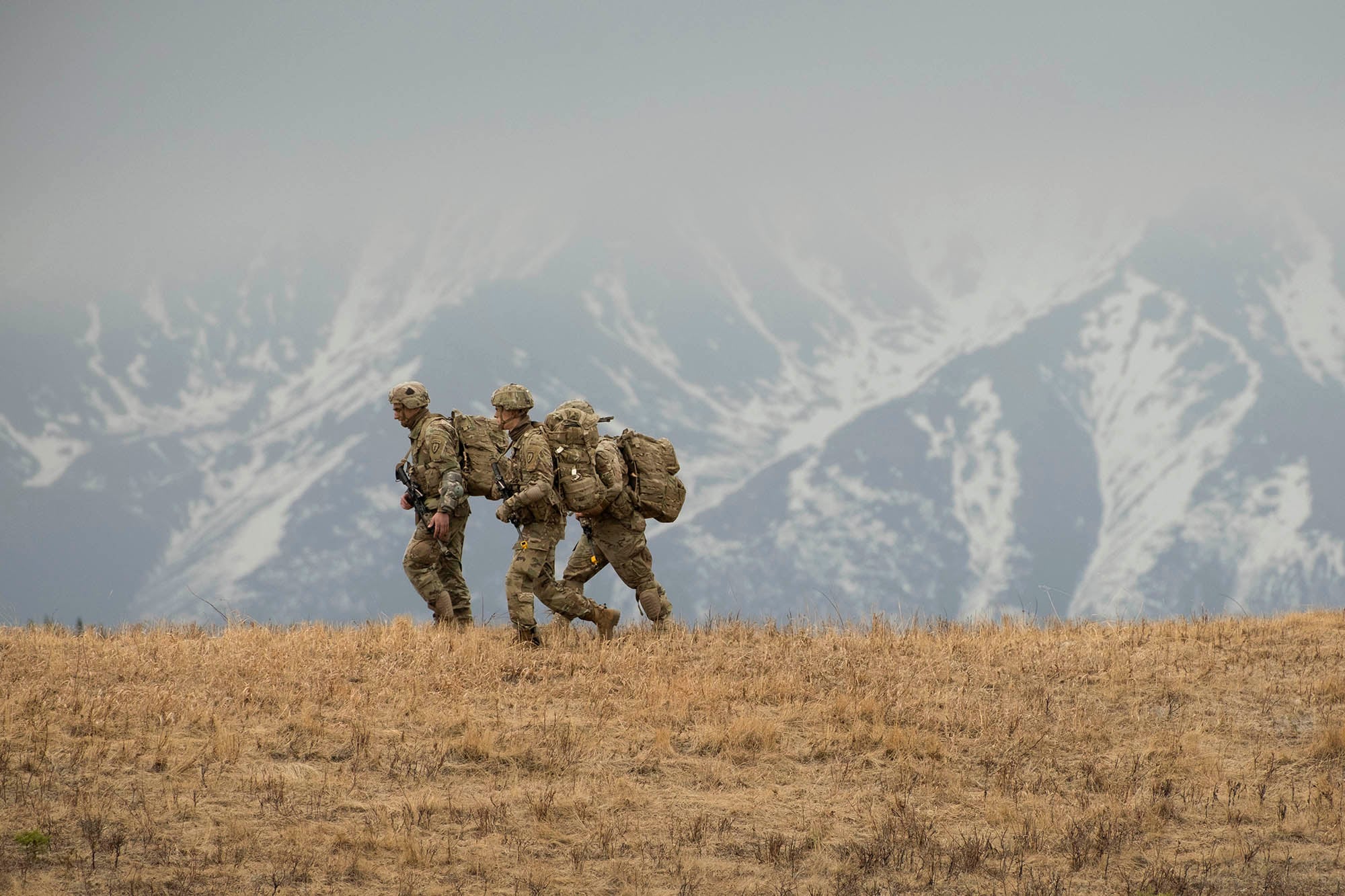
John Pennell, an 11th Airborne Division spokesperson, explained that the assessment was “a venue” for the unit’s paratroopers “to express their concerns about unit cohesion and to allow for suggestions for improvement.” He further praised how “our soldiers and leaders have provided unfiltered feedback addressing issues within the brigade, some we have been aware of, and others we may have missed.”
“This isn’t just another command climate survey,” explained Lt. Col. Randy Ready of the service’s Center for Initial Military Training, which oversees the teams. The assistance visits, which include more than a dozen experts and data analysis from Army researchers, rely on months of pre-visit research, extensive leader interviews, and a two-week on-site visit with the unit’s troops.
Ready highlighted the “focus on working with the unit command teams to develop a path forward,” including action plans tailored to the brigade and each of its battalions. The plans aim to help commanders lean into their unit’s strengths to address their cultural weaknesses. “This is how we take ownership and responsibility as leaders,” Pennell added.
As the teams conduct more unit visits, they’ll develop Army-wide cultural trend findings and solutions, because often “the issues they are seeing aren’t unique to the units they are visiting,” Ready said.
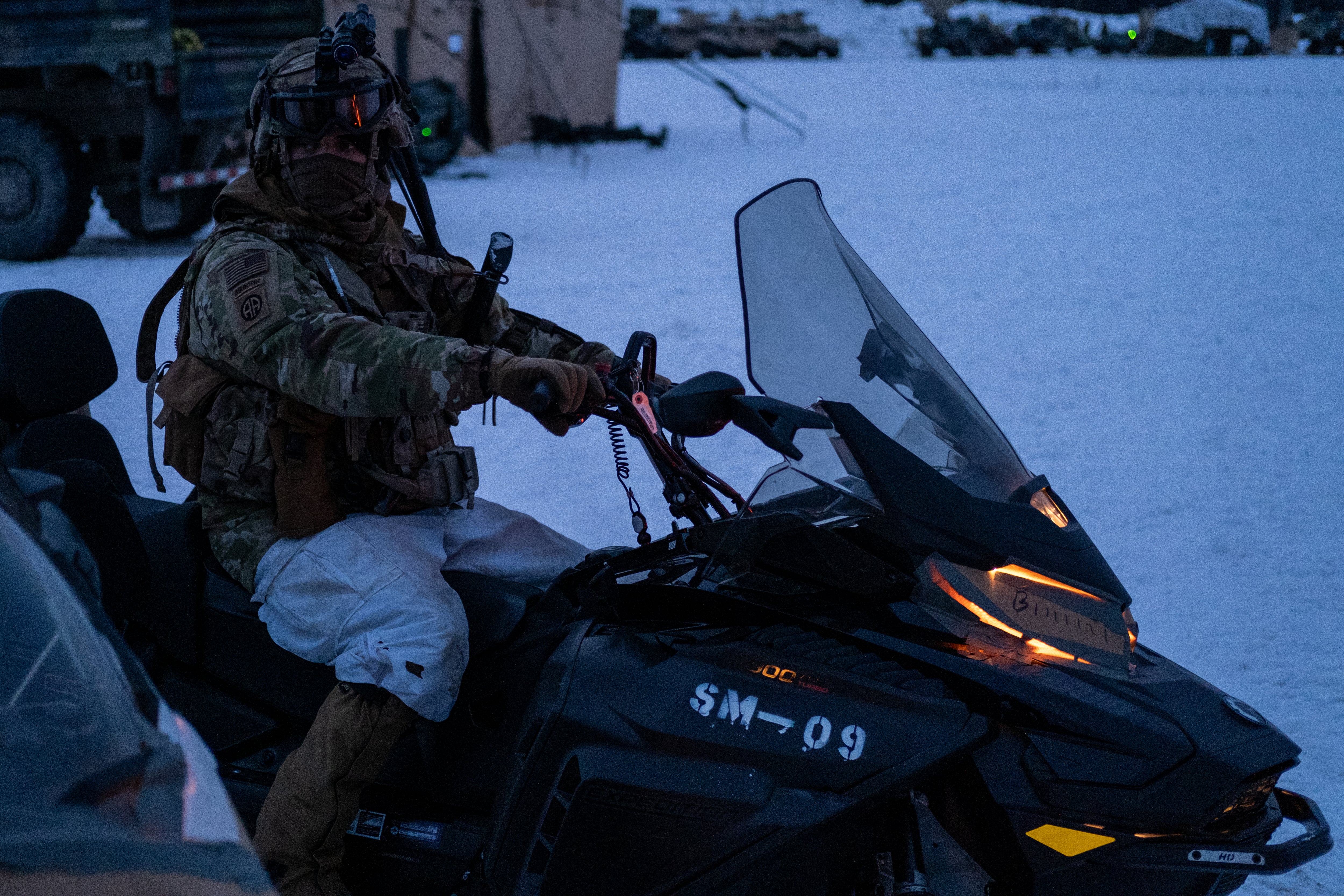
And the report found numerous silver linings for the Arctic paratroopers, according to the leaked slides, which an Army official noted lacked the improvement plans. The team highlighted troops’ “can-do attitude,” a “high level of trust and cohesion” at the platoon level and below, and an “overall positive impact” from the surge in external resources, termed Mission 100. But the team found that the high level of “pride in unit and mission…could be further exploited.”
But even the unit-specific problems won’t be easy to overcome with pride alone.
Part of the Spartan Brigade’s challenge stems from “resource shortfalls,” the report said. Some of them will require force structure and doctrine to change through an often lengthy bureaucratic process that is largely out of the unit’s hands.
The unit’s Arctic equipment and facilities are also largely outdated, as detailed in reports by Army Times and other outlets, the assistance team concluded. Its members identified “optimism” over the ability of the recently reestablished 11th Airborne Division’s “yet-unrealized potential…to clarify mission/vision, manage OPTEMPO, and continue to provide and improve resources for the Brigade.”
‘No is not an option’
The brigade’s heavy training and mission demands underwrote many of the cultural problems identified in the report, though they’re far from the only Army organization facing that challenge.
The slides highlighted the brigade’s airborne status and multiple masters as sources of excessive requirements. The 11th Airborne Division reports to I Corps, whose directives come from both Army Forces Command and U.S. Army Pacific, but also has a homeland defense mission under Alaskan Command and U.S. Northern Command.
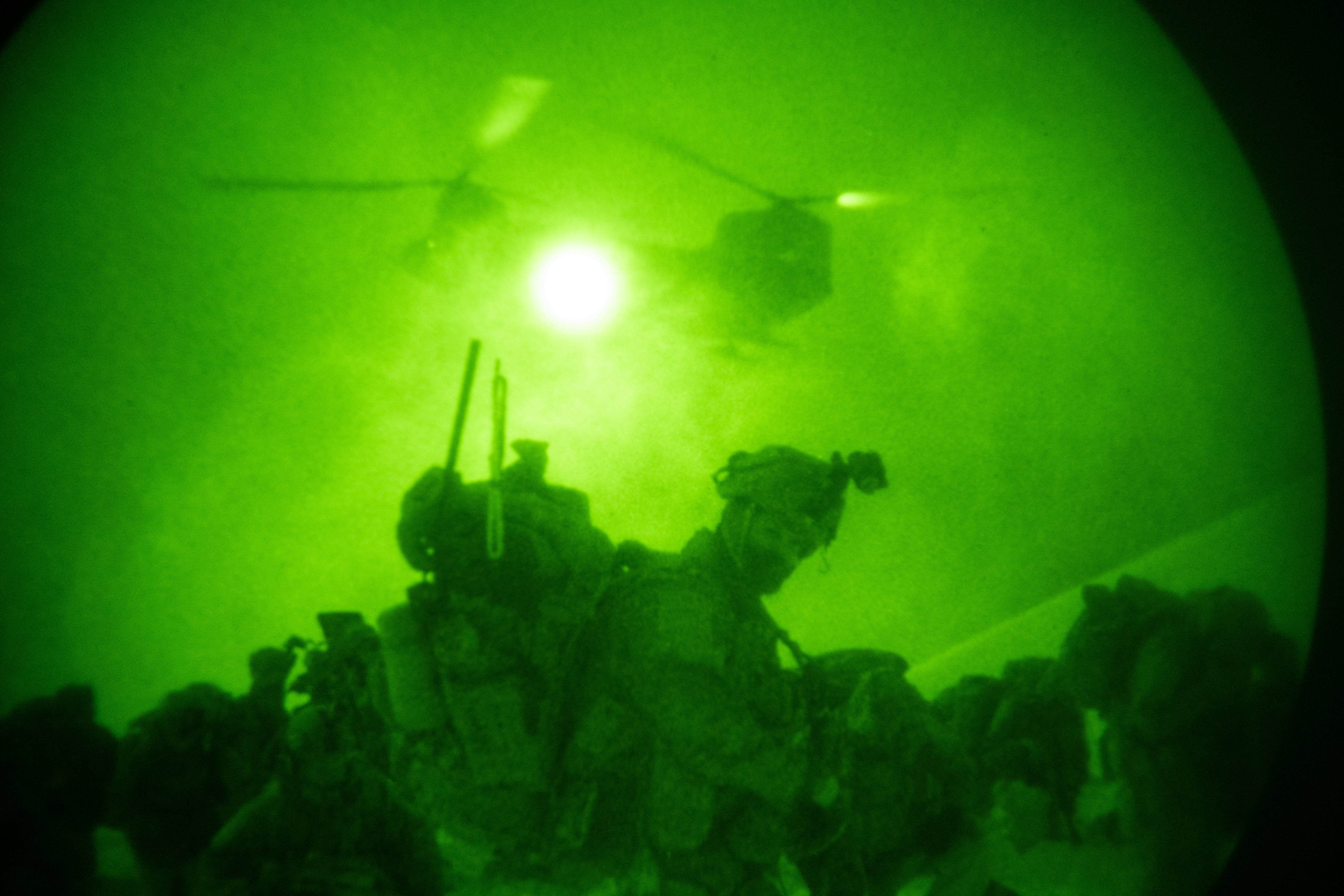
Soldiers interviewed by the assistance team identified OPTEMPO as a root problem for the unit.
“[Behavioral health] specialists are only trying to get a soldier good enough for the next mission, rather than a long-term solution,” said a senior NCO. Another enlisted soldier said their “unit does not understand work-life balance.”
Other Army units have had similar experiences in recent months. And as the service’s recruiting crisis continues, some units have fewer soldiers with which they must complete the same requirements.
The service’s now-retired former senior enlisted leader, Sergeant Major of the Army Michael Grinston, reflected on the problem in May.
RELATED
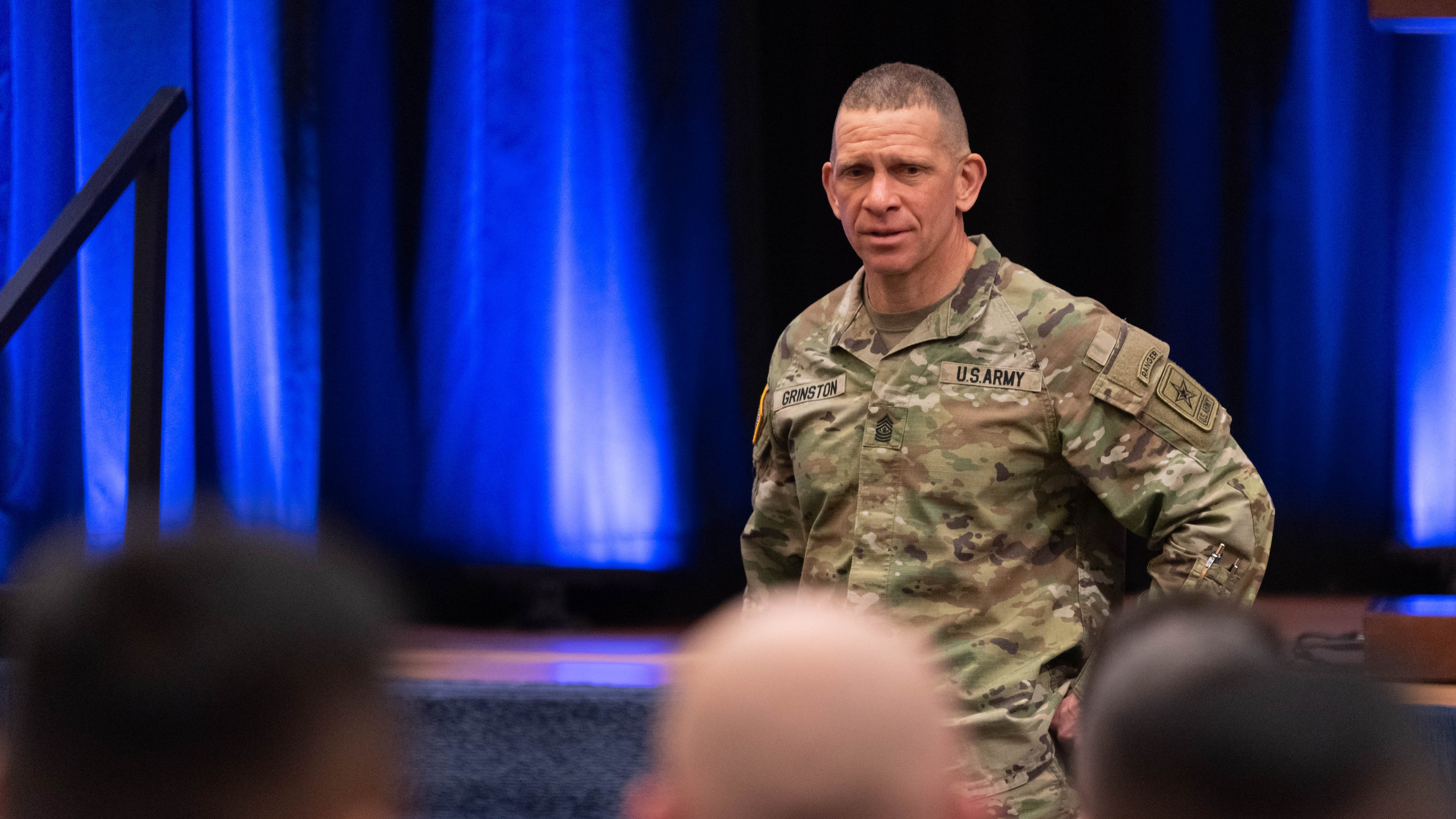
“We’ve never said no,” Grinston said. “I’ve watched these soldiers, year after year, they’ve said, ‘Yes, I’ll go do that.’”
But cracks are beginning to show. A December 2021 Army administrative message that increased deployment recovery periods — known as dwell time — quietly expired in December 2022 without a visible replacement or update to relevant regulations.
Army Times attended a town hall event with Grinston in March 2022 where family members were furious that their loved ones from the 3rd Infantry Division’s 1st Armored Brigade Combat Team. Despite being home from a South Korea rotation for barely seven months, the unit deployed without notice to Europe in March 2022 after Russia expanded its invasion of Ukraine.
In order to prevent the workload from overwhelming the service’s tank brigades, the Army switched the regular South Korea rotation from an armor brigade to a Stryker infantry brigade.
“We’re busier now than we have ever been,” Grinston — who fought through the bloody troop surges during the Global War on Terror — concluded in May.
Davis Winkie covers the Army for Military Times. He studied history at Vanderbilt and UNC-Chapel Hill, and served five years in the Army Guard. His investigations earned the Society of Professional Journalists' 2023 Sunshine Award and consecutive Military Reporters and Editors honors, among others. Davis was also a 2022 Livingston Awards finalist.
